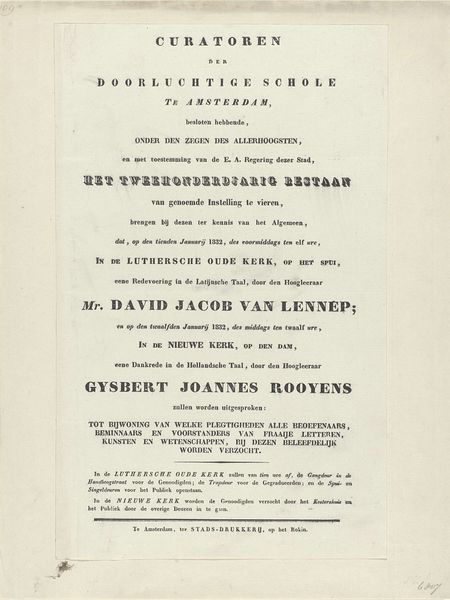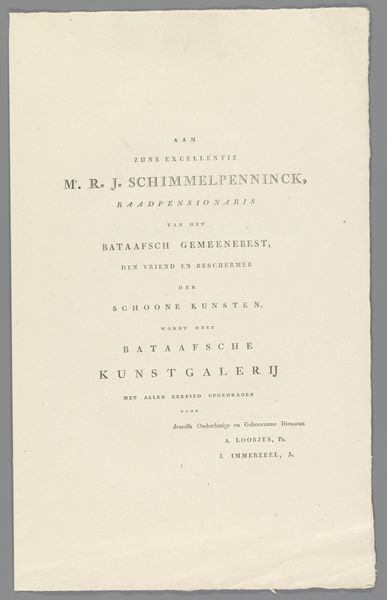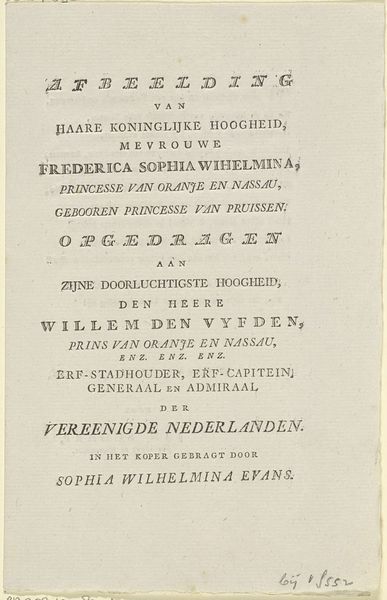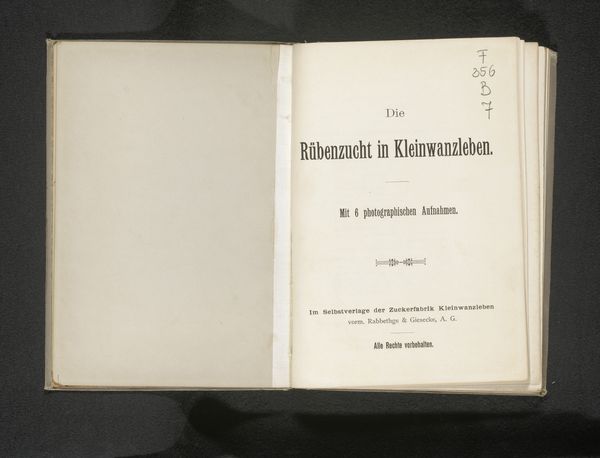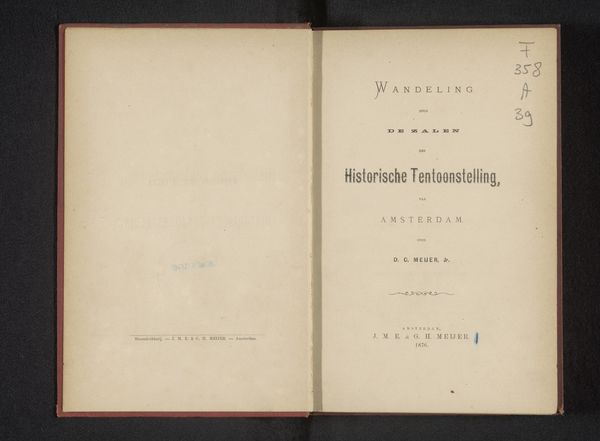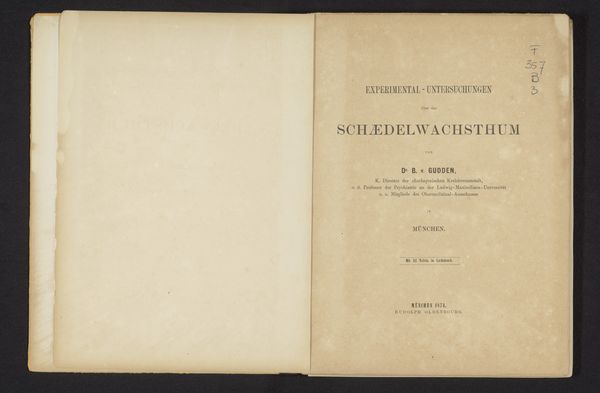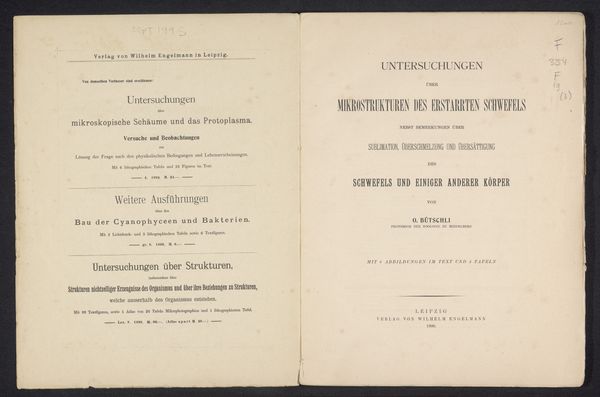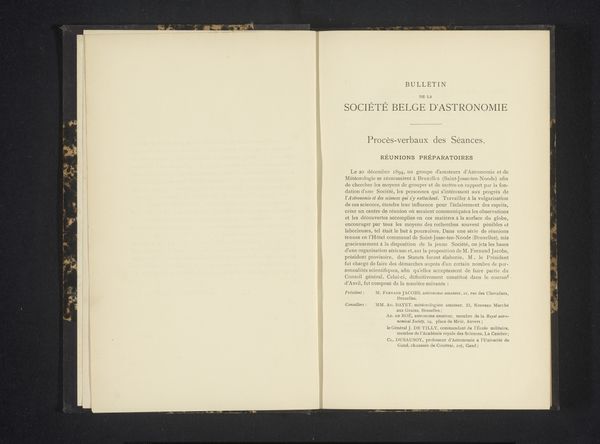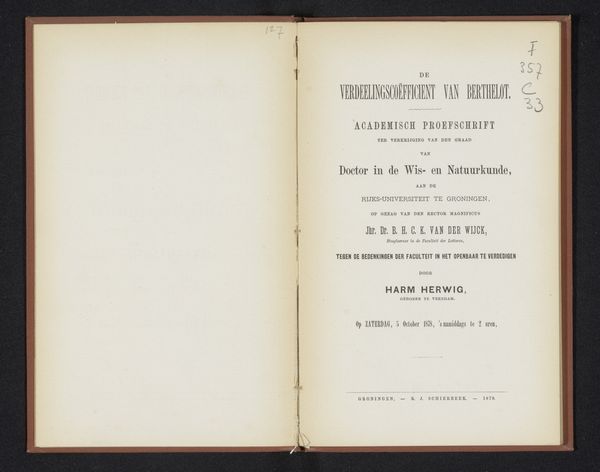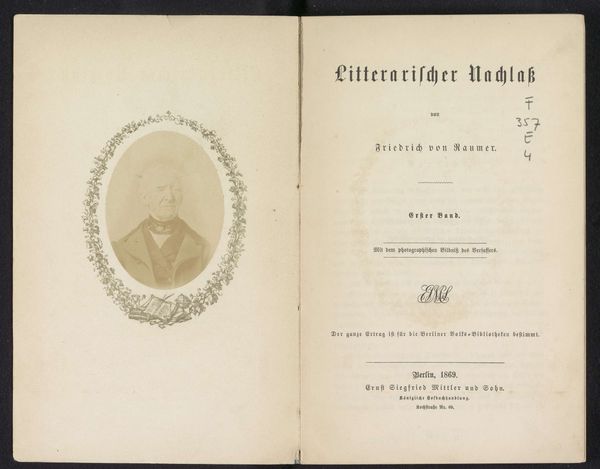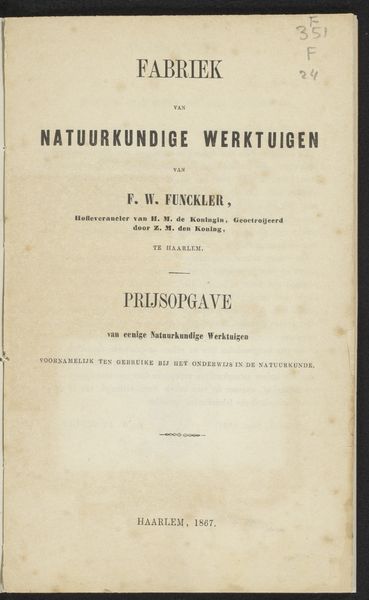
Boekje met twee platen van het overlijden van koning Willem I in Berlijn, 1843 1844
0:00
0:00
koenraadfuhri
Rijksmuseum
print, textile, paper, typography
#
portrait
# print
#
textile
#
paper
#
typography
Dimensions: height 180 mm, width 105 mm
Copyright: Rijks Museum: Open Domain
Editor: This print from 1844, titled "Boekje met twee platen van het overlijden van koning Willem I in Berlijn, 1843," is a real artifact of its time. The typography, the decorative border…it all feels very formal and a little somber. How do you interpret the imagery on this piece? Curator: This piece is rich in symbolism, particularly within the context of Dutch history and monarchy. Death rituals are steeped in imagery designed to convey specific emotional and political messages. The very act of creating and disseminating this "life sketch" immediately following Willem I's death served a purpose beyond mere biographical record. Editor: What kind of purpose are we talking about? Curator: Consider the phrases chosen: “Levensschets” translates to "life sketch," framing the King’s life as a completed, defined story. This offers a sense of closure and allows for the careful curation of his legacy. The inclusion of “Begrafenis,” or funeral, connects directly to enduring rituals that communicate continuity in Dutch monarchical tradition. It’s about ensuring that his death reinforces rather than undermines the stability of the monarchy. Look closer at the border ornament: can you decipher any repeating figures? Editor: It’s intricate, but I can't make out distinct figures…just lots of small repeating shapes. Curator: The repeating geometrical shapes evoke order, duty, and national identity and may also be interpreted as emblems tied specifically to the House of Orange-Nassau, reminding viewers of the unbroken chain of sovereignty and historical ties. By displaying and preserving prints such as this, it reinforced shared historical memories. Do you get a sense that memory played an important role back then? Editor: I do now. Thinking about this artwork not just as information but as a tool for constructing cultural memory…that's fascinating. Curator: Exactly! It illustrates the powerful ways in which visual culture shapes collective understanding and perpetuates symbolic narratives, often well beyond the lifetime of the events depicted.
Comments
No comments
Be the first to comment and join the conversation on the ultimate creative platform.
